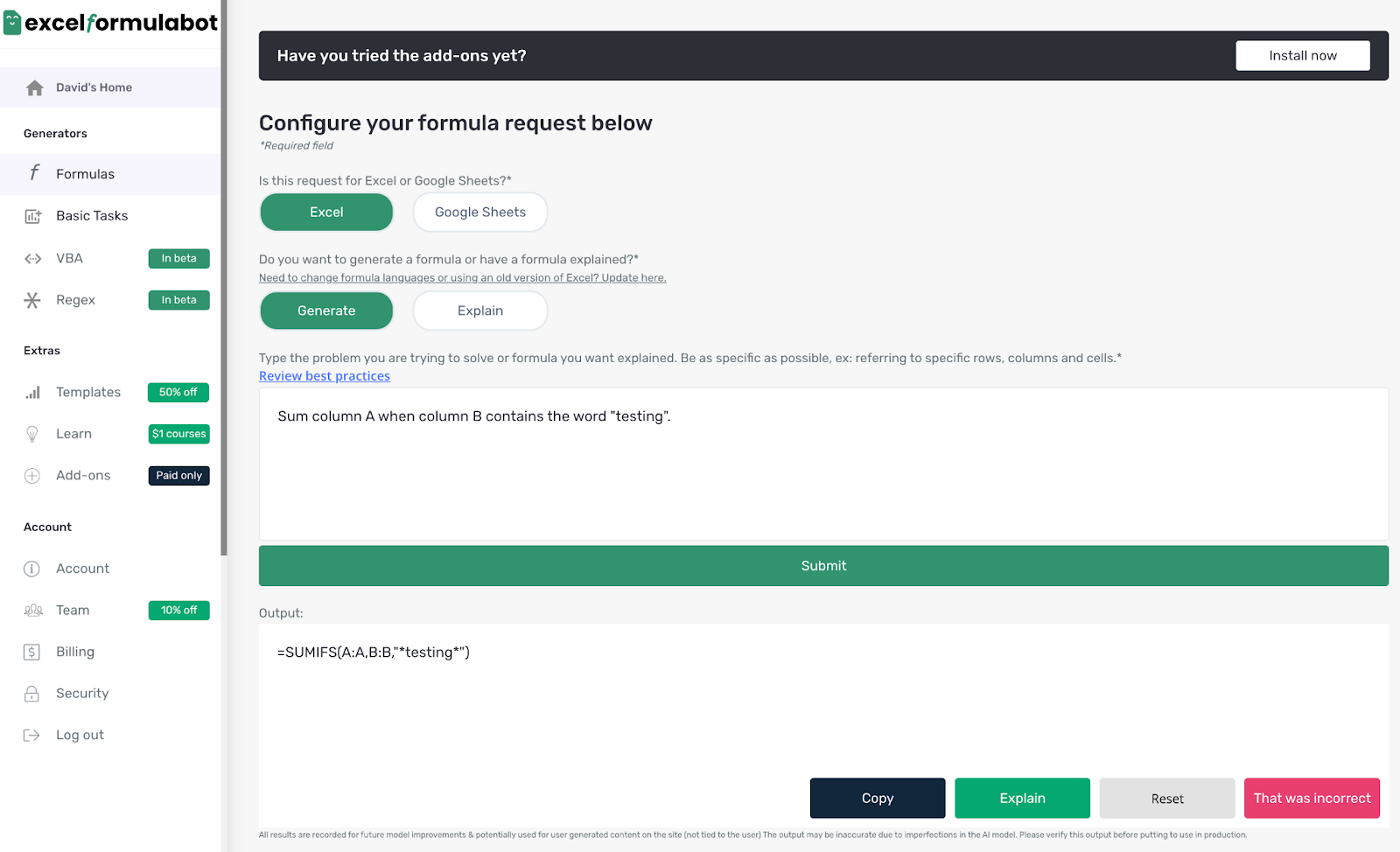I Turned My Side Project into A $26K/Month SaaS Tool
Hello! Who are you and what business did you start?
My name is David Bressler and I am the founder of Excelformulabot, which translates text instructions into Excel formulas within seconds with the help of AI. The website, as well as the Excel & Google Sheets add-ons, tailors towards a wide range of consumers of occupations ranging from finance to accounting to marketing. There are one billion Excel users in the world, so it’s a pretty broad audience!
While the website is free to use, users are limited to five formula requests per month. That’s enough for 97% of the users, but the remaining 3% are heavy Excel users that received unlimited formula requests, which costs $6.99/month. Since launching in September 2022, Excelformulabot monthly recurring revenue has exceeded $14K.

What's your backstory and how did you come up with the idea?
In May 2022, my...

Download the report and join our email newsletter packed with business ideas and money-making opportunities, backed by real-life case studies.

Download the report and join our email newsletter packed with business ideas and money-making opportunities, backed by real-life case studies.

Download the report and join our email newsletter packed with business ideas and money-making opportunities, backed by real-life case studies.

Download the report and join our email newsletter packed with business ideas and money-making opportunities, backed by real-life case studies.

Download the report and join our email newsletter packed with business ideas and money-making opportunities, backed by real-life case studies.

Download the report and join our email newsletter packed with business ideas and money-making opportunities, backed by real-life case studies.

Download the report and join our email newsletter packed with business ideas and money-making opportunities, backed by real-life case studies.

Download the report and join our email newsletter packed with business ideas and money-making opportunities, backed by real-life case studies.

























